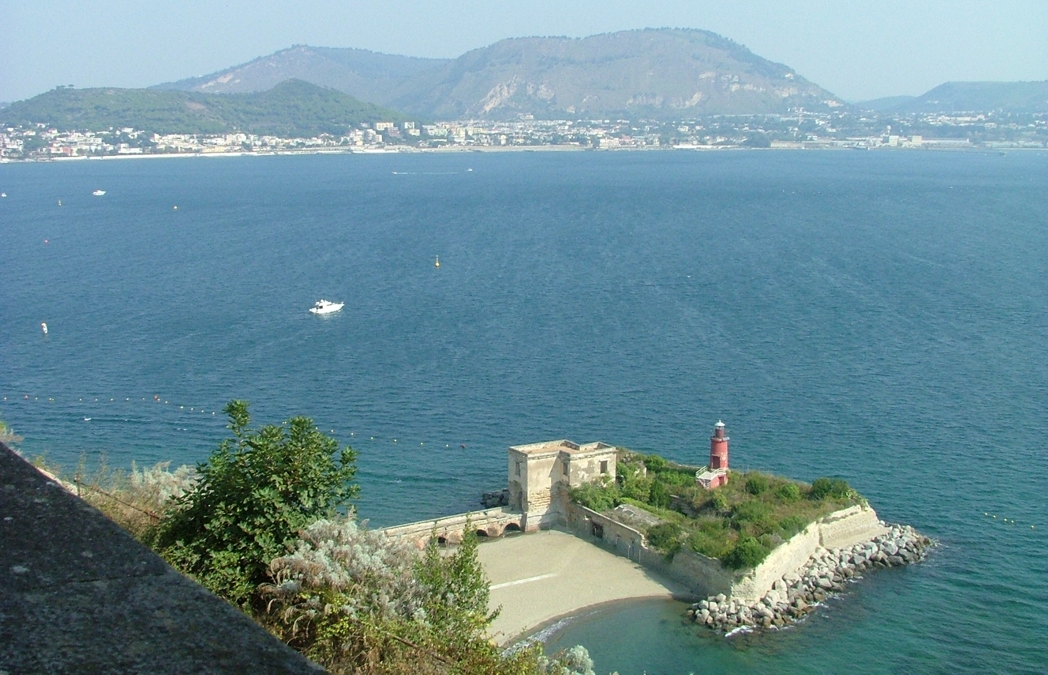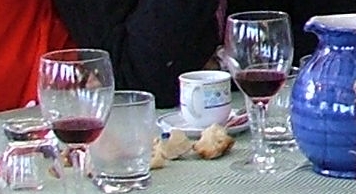






|
|
|
|
|
|

|
|
||||
I Campi Flegrei uniscono alla bellezza dei luoghi il fascino sempre vivo delle
testimo-nianze della loro antica civiltà che si colloca in un tempo
remoto fino ad incontrare il mito. Nei campi flegrei….nei campi
ardenti (dal greco flego) la pianura, che costeggia il litorale della Campania, rivela inesorabilmente la sua natura vulcanica, tanto da mobi- litare vulcanologi di tutto il mondo, interessati all’evoluzione geologica della terra che trema per effetto del bradisismo. All’estrema propaggine dei Campi Flegrei c’è Cuma, il secondo insediamento greco, dove è iscritto l’atto di nascita della città di Napoli. Pozzuoli l’antica Dicearkeia, fondata il 520 a.C, l'emporio più ricco del Mediterraneo, fu porto prima dei Cumani, poi dei Romani, da loro poi chiamata Puteoli. La bellezza del golfo di Baia, luogo famoso alla fine del I secolo d.C. perché centro residenziale di ville ed edifici termali, è marcata dall’imponente Castello di Baia, costruito dal vicere Pedro da Toledo. In esso sono conservati i segreti di un antichissimo e ricco passato........ .....…scopriamoli insieme!  |
They combine to the beauty of the places the everlasting charm of the testimonies of their ancient civilization that took place in a very old past until to the myth. In the Phlegraen fields...burning fields (from the greek flego burning) the plain, which skirts the coast of Campania, inexorably reveals its volcanic nature mobilizing volcanologists around the world, deeply interested in the geological evolution of the earth that ‘trembles’ as a result of bradyseism. Phlegraen Fields is extreme offshoot of Cumae, where the second greek settlement was founded…the birth of the city of Naples was written there for ever. Pozzuoli, the ancient 'Dicearkeia, founded in 520 BC, which was the richest trade center of the Mediterranean, was the first port of the Cumani, then of the Romans, who called it Pozzuoli. The beauty of the Gulf of Baia, a place famous in the late I century after Christ because of residential villas and spa well being center ,is underlined by the impressive Castle of Baia built by the viceroy Pedro of Toledo. The Castle keep the secrets of a very old past…............. ..........let’s discover them together!  |
| |




